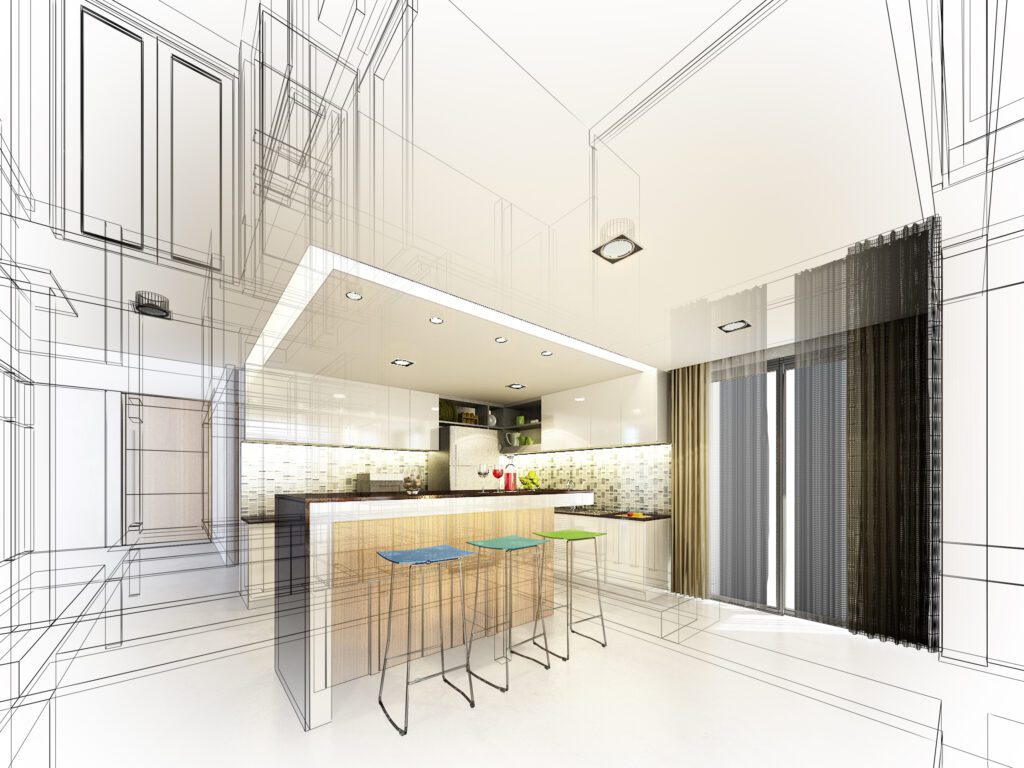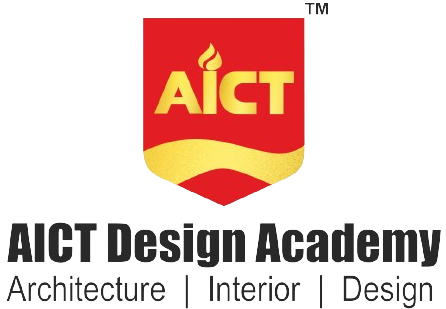JEE Mains (B. Arch)
About JEE (Main) - 2024 The Joint Entrance Examination, JEE (Main) comprises two papers.
JEE Arch- Joint Entrance Exam for Bachelor in Architecture is conducted to measure the aptitude of the applicant for admission to Undergraduate Architecture Programs at IITs, NITs, SPAs and other centrally funded technical institutions, Institutions funded by several participating state Governments and other Institutions.
Paper 1 is conducted for admission to Undergraduate Engineering Programs (B.E/B.Tech.) at NITs, IIITs, other Centrally Funded Technical Institutions (CFTIs), and Institutions/Universities funded/recognized by participating State Governments. JEE (Main) is also an eligibility test for JEE (Advanced), which is conducted for admission to IITs.
Paper 2 is conducted for admission to B. Arch and B. Planning courses in the country.
About National Testing Agency (NTA)
JEE Arch- Joint Entrance Exam for Bachelor in Architecture is conducted to measure the aptitude of the applicant for admission to Undergraduate Architecture Programs at IITs, NITs, SPAs and other centrally funded technical institutions, Institutions funded by several participating state Governments and other Institutions.


Mode of Examination JEE (Main) - 2024 is being conducted in the following modes:
- Paper 1 (B.E. /B. Tech.) in “Computer Based Test (CBT)” mode only.
- Paper 2A (B. Arch): Mathematics (Part-I) and Aptitude Test (Part-II) in “Computer Based Test (CBT)” mode only and Drawing Test (Part-III) in pen and paper (offline) mode, to be attempted on drawing sheet of A4 size.
- Paper 2B (B. Planning): Mathematics (Part-I), Aptitude Test (Part-II), and Planning-Based Questions (Part-III) in Computer-Based Test (CBT) mode only
Paper 2A: B. Arch
Part-I
Mathematics Objective Type - Multiple Choice Questions (MCQs) and Questions for which the answer is a numerical value “Computer Based Test (CBT)” mode only
Part-II
Aptitude Test Objective Type - Multiple Choice Questions (MCQs)
Part-III
Drawing Test Questions to test drawing aptitude “Pen and Paper Based” (offline) mode to be attempted on a Drawing sheet of A4 size.
Sets and their representation: Union, intersection, and complement of sets and their algebraic properties; Power set; Relation, Type of relations, equivalence relations, functions; one-one, into and onto functions, the composition of functions.
Complex numbers as ordered pairs of reals, Representation of complex numbers in the form a + ib and their representation in a plane, Argand diagram, algebra of complex numbers, modulus, and argument (or amplitude) of a complex number, Quadratic equations in real and complex number systems and their solutions Relations between roots and coefficients, nature of roots, the formation of quadratic equations with given roots.
: Matrices, algebra of matrices, type of matrices, determinants, and matrices of order two and three, evaluation of determinants, area of triangles using determinants, Adjoint, and evaluation of inverse of a square matrix using determinants and, Test of consistency and solution of simultaneous linear equations in two or three variables using matrices.
The fundamental principle of counting, permutation as an arrangement and combination as section, Meaning of P (n,r) and C (n,r), simple applications.
Binomial theorem for a positive integral index, general term and middle term, and simple applications.
Arithmetic and Geometric progressions, insertion of arithmetic, geometric means between two given numbers, Relation between A.M and G.M.
Real–valued functions, algebra of functions, polynomials, rational, trigonometric, logarithmic, and exponential functions, inverse function. Graphs of simple functions. Limits, continuity, and differentiability. Differentiation of the sum, difference, product, and quotient of two functions. Differentiation of trigonometric, inverse trigonometric, logarithmic, exponential, composite, and implicit functions; derivatives of order up to two, Applications of derivatives: Rate of change of quantities, monotonic-increasing and decreasing functions, Maxima and minima of functions of one variable,
Integral as an anti-derivative, Fundamental integral involving algebraic, trigonometric, exponential, and logarithms functions. Integrations by substitution, by parts, and by partial functions. Integration using trigonometric identities. Evaluation of simple integrals of the type ∫ 𝑑𝑥 𝑥 2+𝑎2 , ∫ 𝑑𝑥 √𝑥 2 ± 𝑎2 , ∫ 𝑑𝑥 𝑎2− 𝑥 2 , ∫ 𝑑𝑥 √𝑎2− 𝑥 2 , ∫ 𝑑𝑥 𝑎𝑥2+𝑏𝑥+𝑐 ,∫ 𝑑𝑥 √𝑎𝑥2+ 𝑏𝑥+𝑐 , ∫ (𝑝𝑥+𝑞)𝑑𝑥 𝑎𝑥2+𝑏𝑥+𝑐 , ∫ (𝑝𝑥+𝑞)𝑑𝑥 √𝑎𝑥2+ 𝑏𝑥+𝑐 ∫ √𝑎 2 ± 𝑥 2 𝑑𝑥 , ∫√𝑥 2 − 𝑎 2 𝑑𝑥 . The fundamental theorem of calculus, properties of definite integrals. Evaluation of definite integrals, determining areas of the regions bounded by simple curves in standard form.
Ordinary differential equations, their order, and degree, the, solution of differential equation by the method of separation of variables, solution of a homogeneous and linear differential equation of the type 𝑑𝑦 𝑑𝑥 + 𝑝(𝑥)𝑦 = 𝑞(𝑥)
Cartesian system of rectangular coordinates in a plane, distance formula, sections formula, locus, and its equation, the slope of a line, parallel and perpendicular lines, intercepts of a line on the coordinate axis. Straight line Various forms of equations of a line, intersection of lines, angles between two lines, conditions for concurrence of three lines, the distance of a point from a line, co-ordinate of the centroid, orthocentre, and circumcentre of a triangle, Circle, conic sections A standard form of equations of a circle, the general form of the equation of a circle, its radius and central, equation of a circle when the endpoints of a diameter are given, points of intersection of a line and a circle with the centre at the origin and sections of conics, equations of conic sections (parabola, ellipse, and hyperbola) in standard forms,
Coordinates of a point in space, the distance between two points, section formula, directions ratios, and direction cosines, and the angle between two intersecting lines. Skew lines, the shortest distance between them, and its equation. Equations of a line
Vectors and scalars, the addition of vectors, components of a vector in two dimensions and threedimensional space, scalar and vector products,
Measures of discretion; calculation of mean, median, mode of grouped and ungrouped data calculation of standard deviation, variance, and mean deviation for grouped and ungrouped data. Probability: Probability of an event, addition and multiplication theorems of probability, Baye's theorem, probability distribution of a random variate,
Trigonometrical identities and trigonometrical functions, inverse trigonometrical functions, and their properties,
UNIT - 1
Awareness of persons. Buildings, Materials. Objects, Texture related to Architecture and Build-environment, Visualizing three dimensional objects from two-dimensional drawings. Visualizing. Different sides of three dimensional objects. Analytical Reasoning Mental Ability (Visual. Numerical and Verbal)
UNIT – 2
Three dimensional- perception: Understanding and appreciation of scale and proportions of objects, building forms and elements, colour texture harmony and contrast Design and drawing of geometrical or abstract shapes and patterns in pencil. Transformation of forms both 2D and 3D union, subtraction rotation, development of surfaces and volumes, Generation of plans, elevations, and 3D views of objects, creating two-dimensional and three-dimensional compositions using given shapes and forms.
Note: Candidates are advised to bring pencils. Own geometry box set, crasets and colour pencils, and crayons for the Drawing Test

Number of Sessions JEE (Main) – 2024
It is being conducted in Two Sessions (January/April). A candidate has the option to apply for one Session or both Sessions (Session 1 and Session 2 of 2024) together and pay the exam fee accordingly. In other words, if a candidate wishes to apply only for one Session, he/she has to pay the Examination Fee only for that Session during the current application period and will have the opportunity to apply again for Session 2 (April 2024).
The Question Paper has been divided into two sections.
There will be 90 Questions in Paper 1 and candidates will be required to attempt 75 questions only.
There will be negative markings for 15 optional questions.
Paper 2A: B. Arch
Part-I
will have two sections. Section A will be of Multiple-Choice Questions (MCQs) and Section B will contain Questions whose answers are to be filled in as a numerical value. In Section B, candidates have to attempt any five questions out of 10. There will be negative markings for both Section A and Section B.
Part-II
Aptitude Test will have 50 Multiple-Choice Questions (MCQs).
Part-III
Drawing Test will have two questions to be attempted on the Drawing Sheet.
Frequently Asked Questions?
A candidate has a choice to appear in one or both sessions. He/ she will be awarded an NTA score in each session based on his performance. The candidate’s best NTA Scores of all the sessions in which he/ she has appeared will be considered for preparation of the Merit List/ Ranking
Yes,B. Tech/B. Arch Scores ofJEE (Main) -2023 mayalso be used for admission to Dr. APJ Abdul Kalam Technical University (AKTU), Lucknow, MMMUT, Gorakhpur, and other Institutions / Universities. From the Academic year 2024-25, the Government of Goa has approved that admissions to Engineering Degree Courses in the State Engineering Colleges in Goa State will also be done based on JEE (Main).
